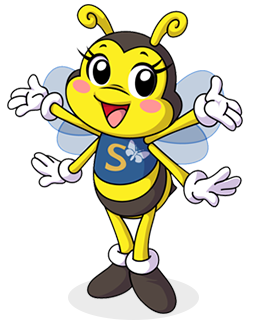Reading
On Wednesday your child bought home their next reading book. This book has been read in school with them following the Little Wandle Scheme – it is directly matched to your child’s reading ability. We will read your child’s new Little Wandle book in school on Mondays, Tuesdays and Wednesdays. The book sent home on Wednesday is now for you to read and follow up at home. Your child has also bought home a school library book of their choice – this is not matched to their reading ability and is therefore a book to share together.
We visit the library on Tuesdays and Thursdays where they can be changed .
Please record ALL reading in your child’s reading record so that we can see that reading, story sharing or other reading for pleasure has taken part every day at home.
Reading records and reading books are expected to be bought into school every day to be monitored and to record when your child has read in school.
We will be assessing the children’s phonics at the end of this term to see if they are ready to move onto the next set of books. This information will be shared with you at parents evening.
Spellings
This week your child has different spellings to learn at home. These words are taken from the Year 1 National Curriculum and are ‘common exception’ words that your child is expected to be able to spell independently in their writing by the end of Year 1. You will notice that there are lots of words that your child will already know from reception. Please use this week to practise the words below together.
We will ‘test’ these spellings next Friday. The scores will be in your child’s reading record for you to see and to continue practising any words that they need further support with. We will continue to learn these words in Year 1 using our spelling list to support when writing.
This weeks words are..
are were
A copy of the Year 1 National Curriculum ‘common exception’ words been sent home. You can also access the list in the link below.
Maths
This week we have been comparing and ordering numbers. We have continued to look at the vocabulary of greater than and less than but we have also focused on ordering from smallest to greatest.
You can support this learning at home by looking at numbers and ordering them. For example, write the numbers 0-10 on a piece of paper and cut them up into cards. Turn them upside down.
Choose 3 of the cards and turn them over, read the numbers aloud.
Now order the cards from smallest to greatest. You could use objects that you have at home to support this, for example Lego blocks or pieces of pasta.
Thank you for your continued support at home



